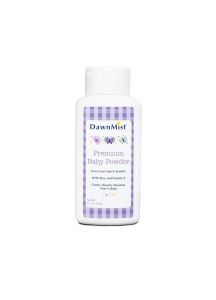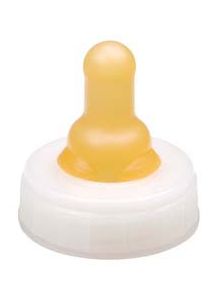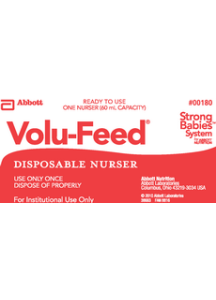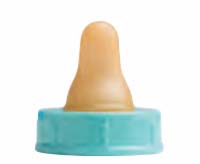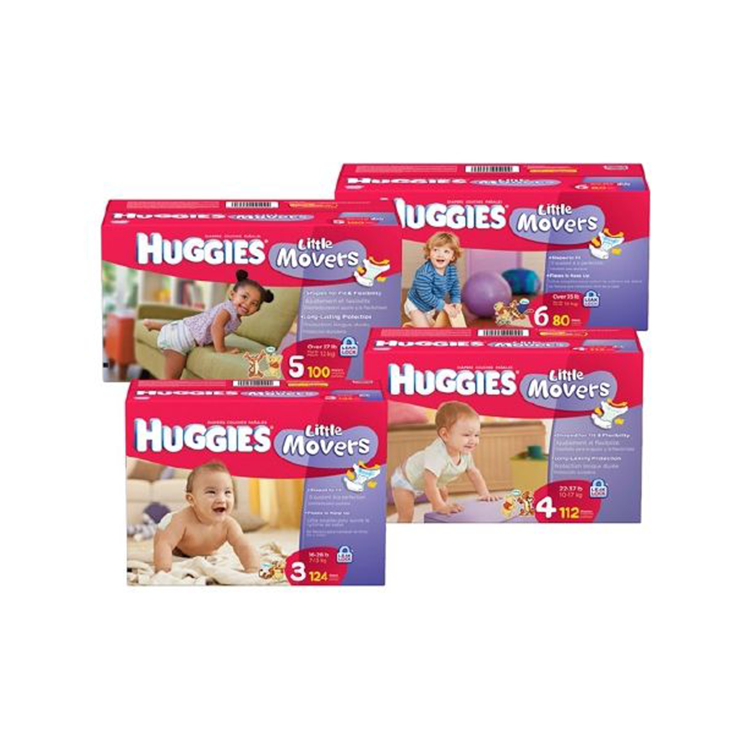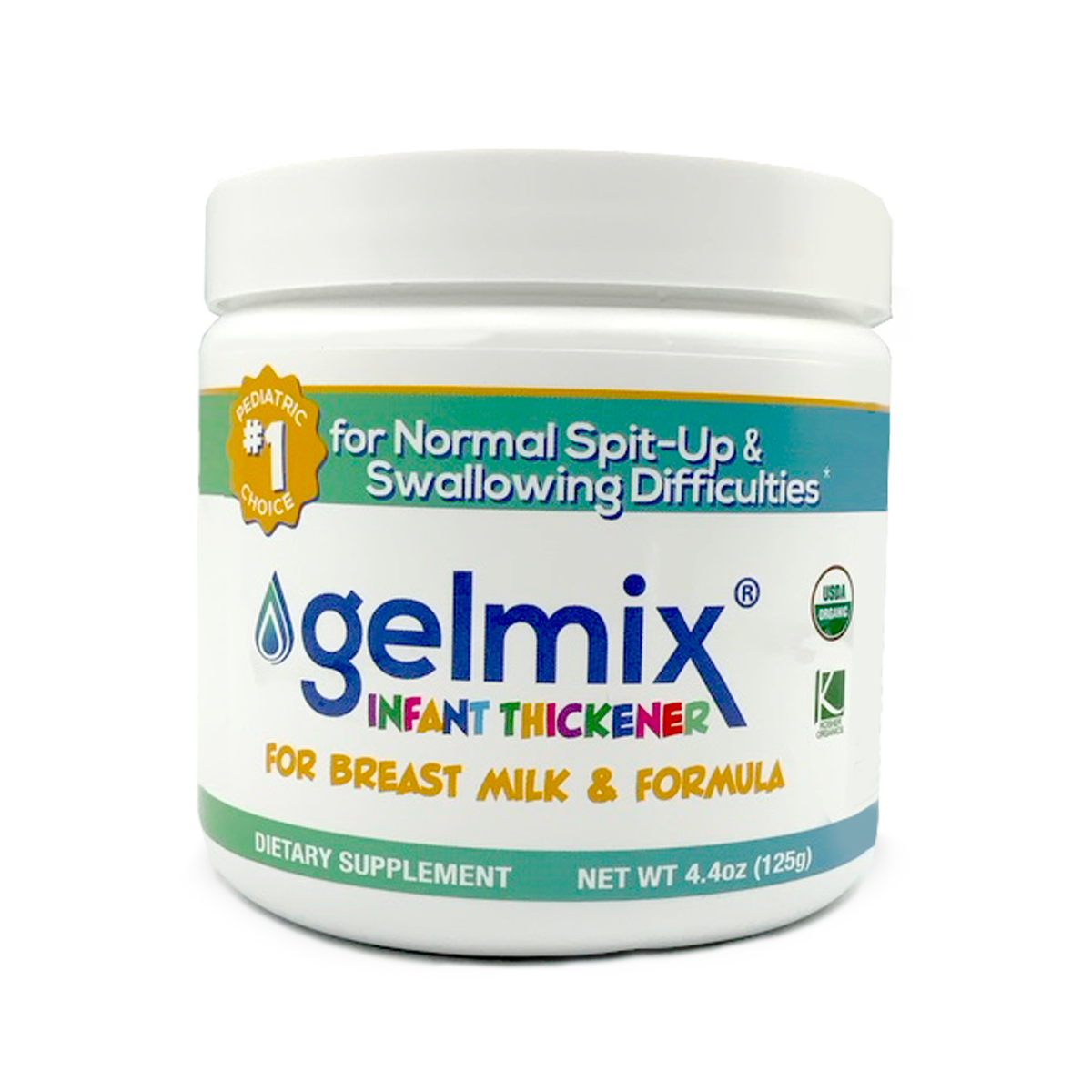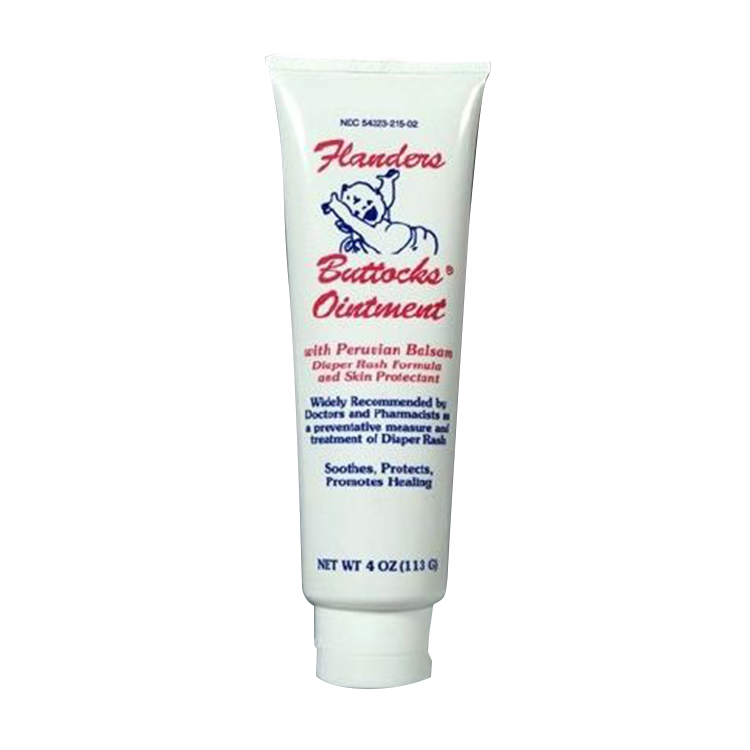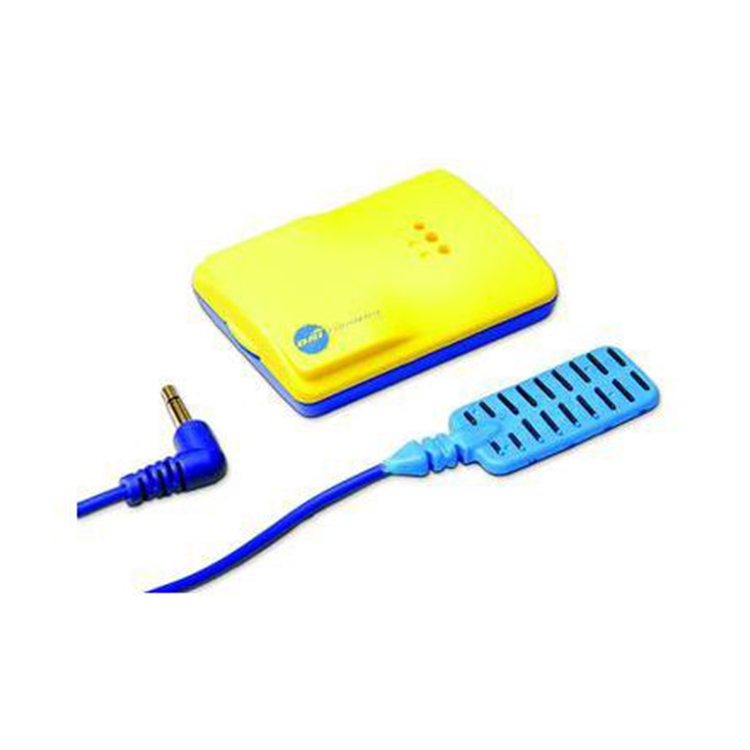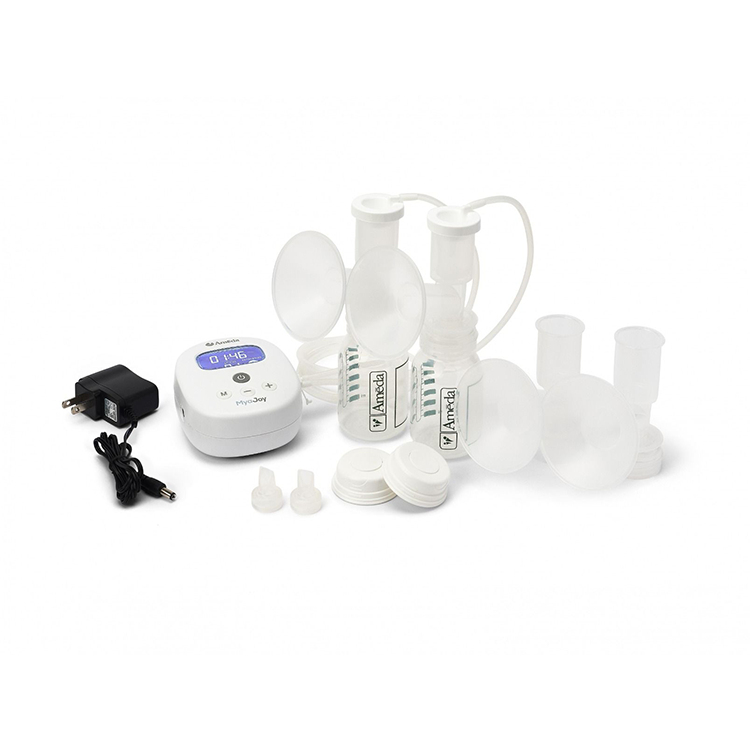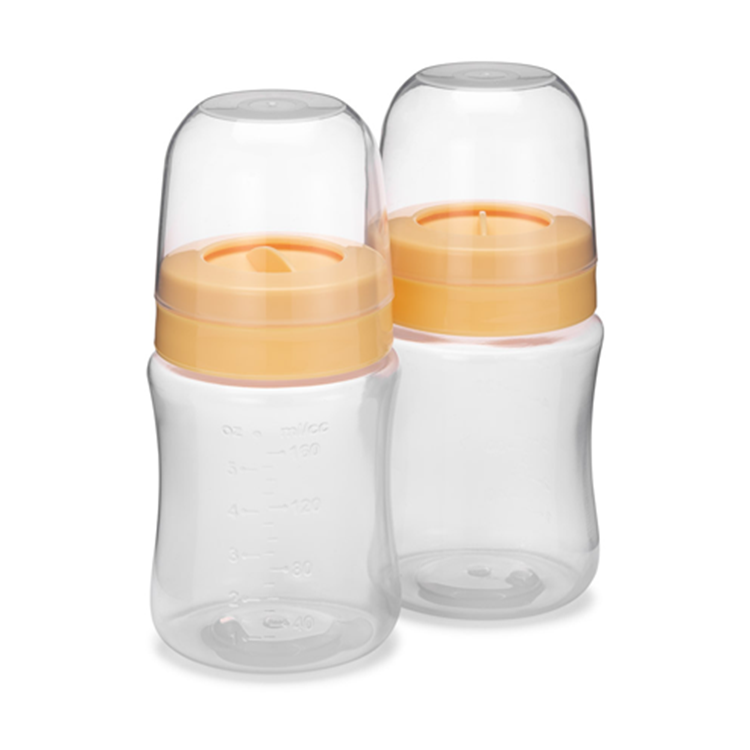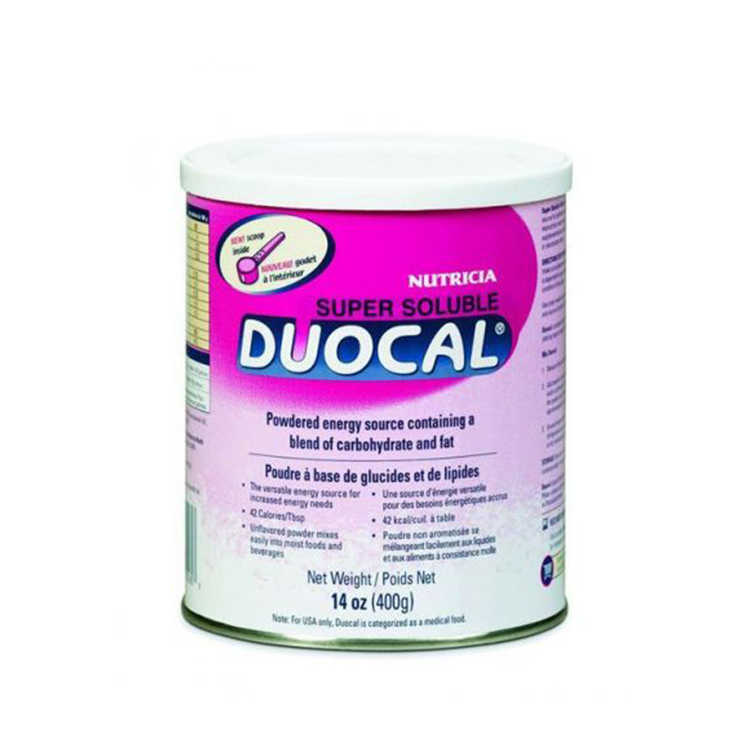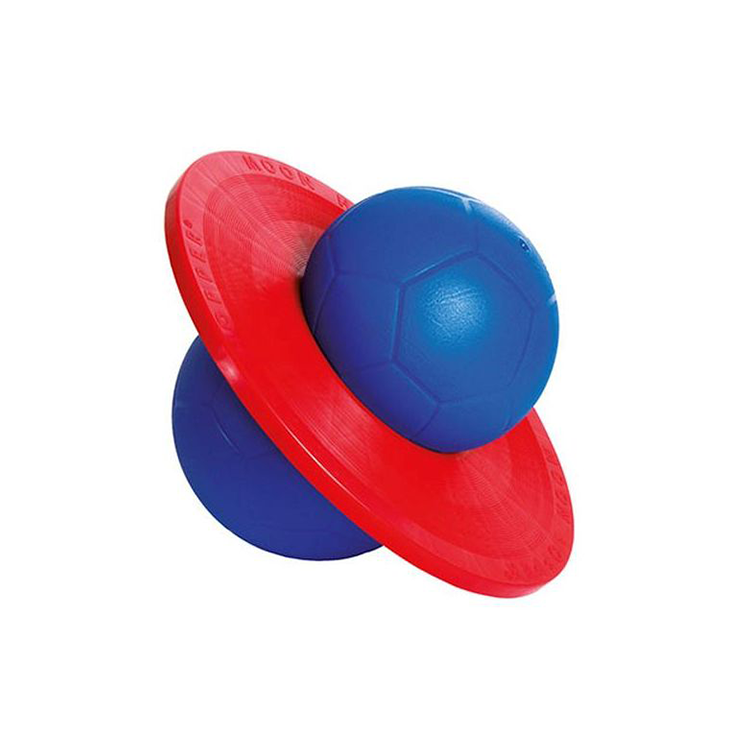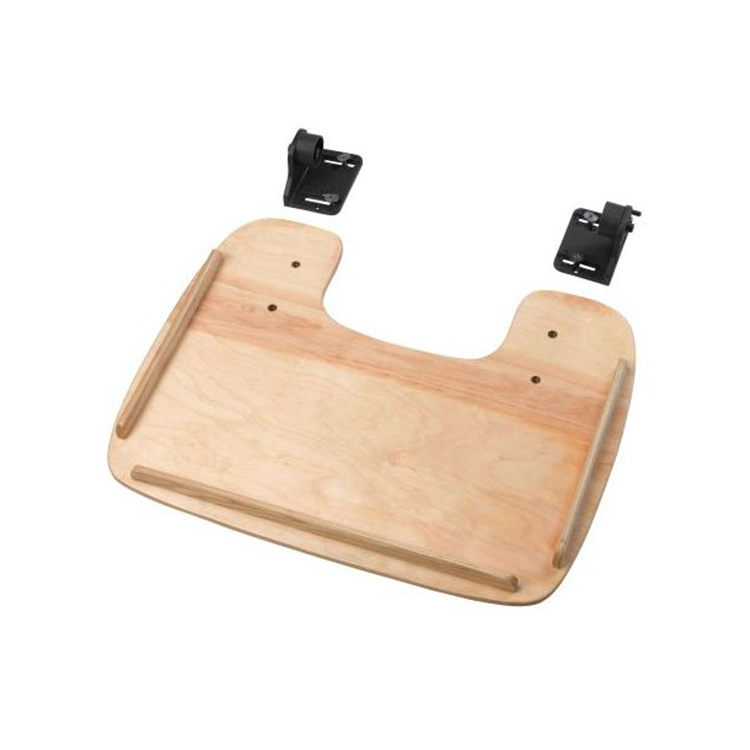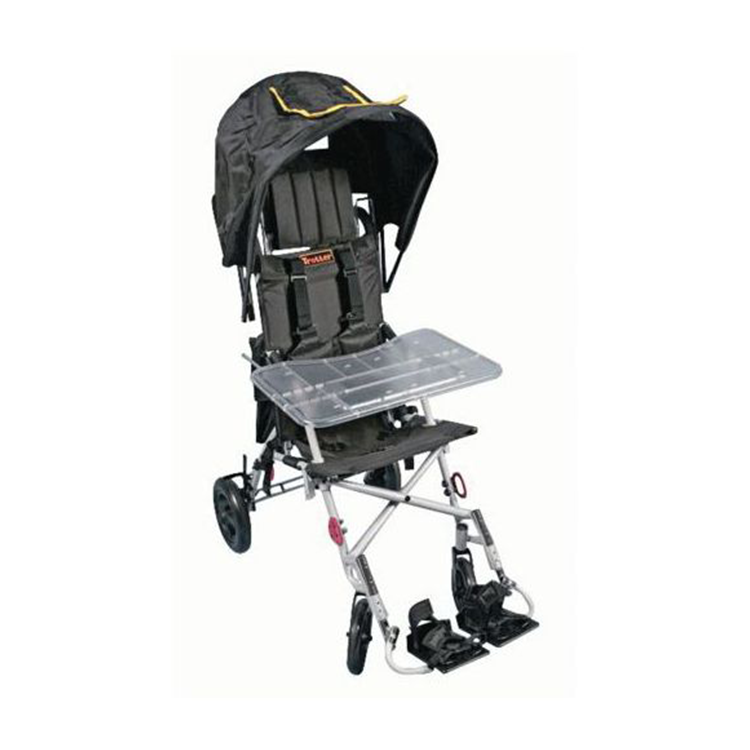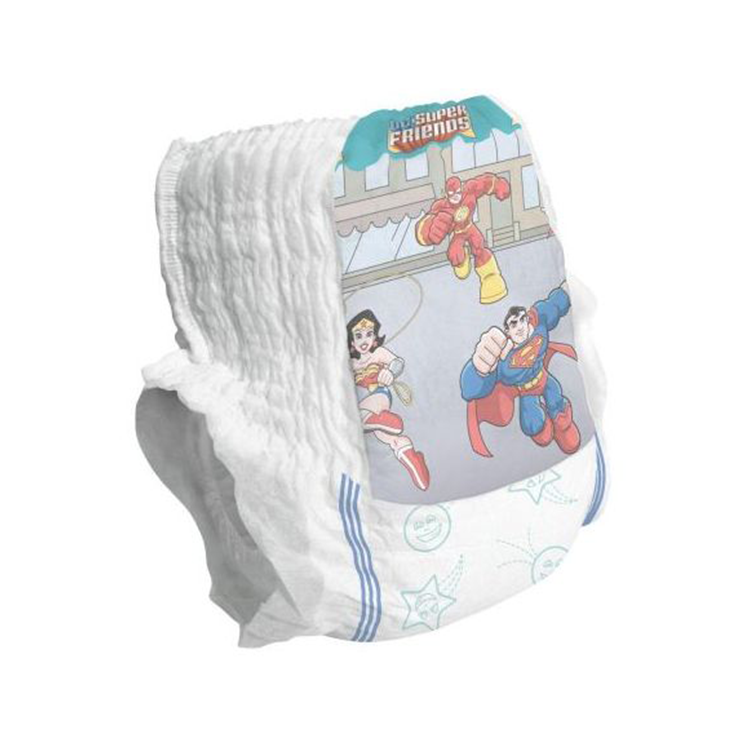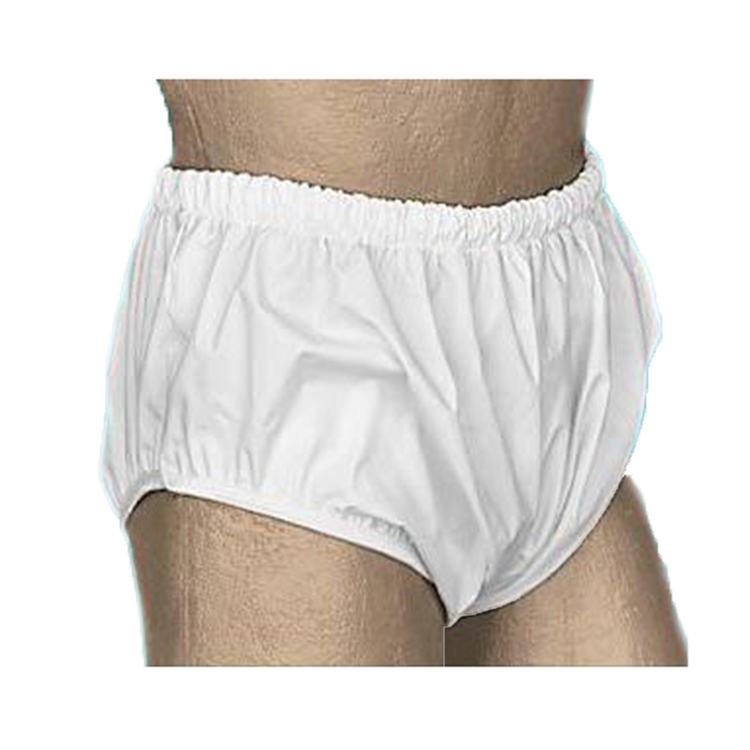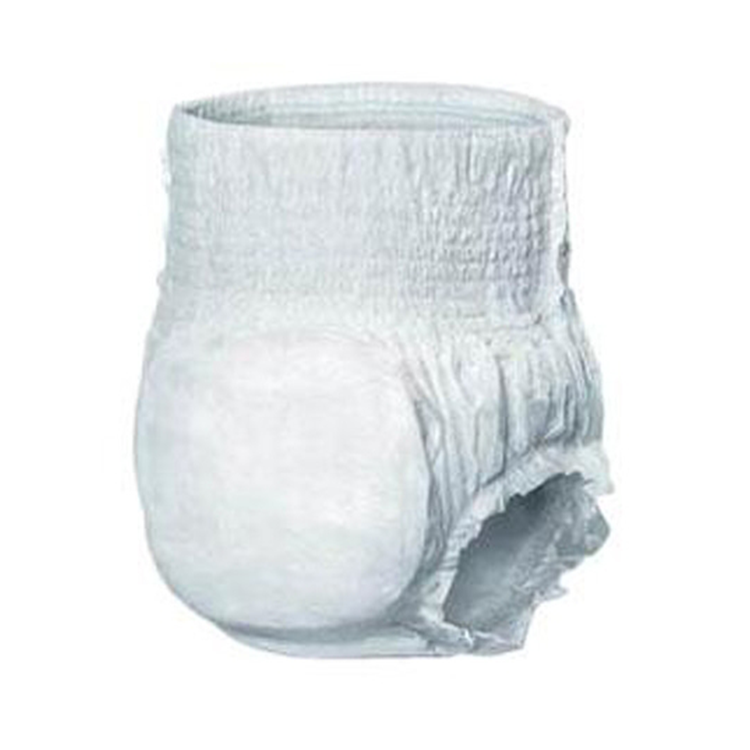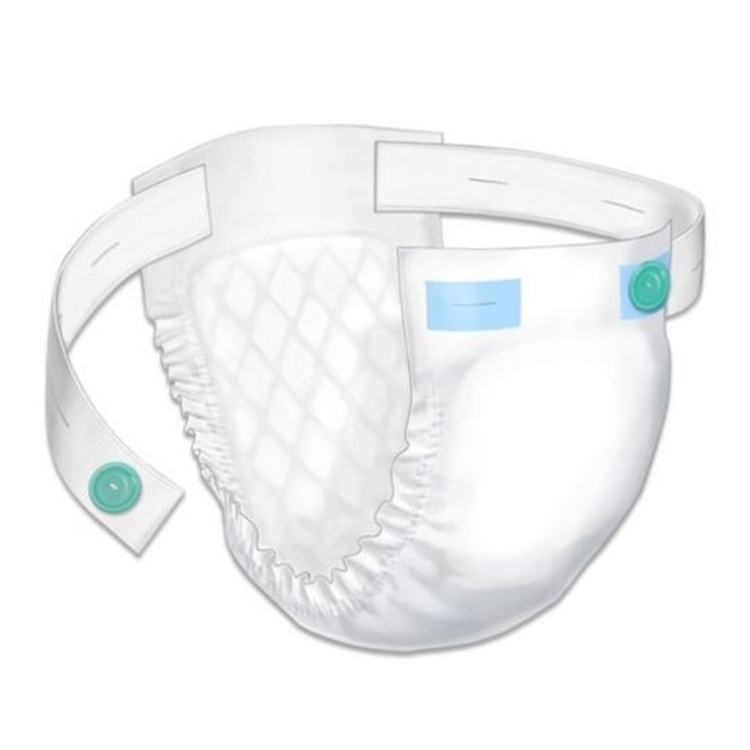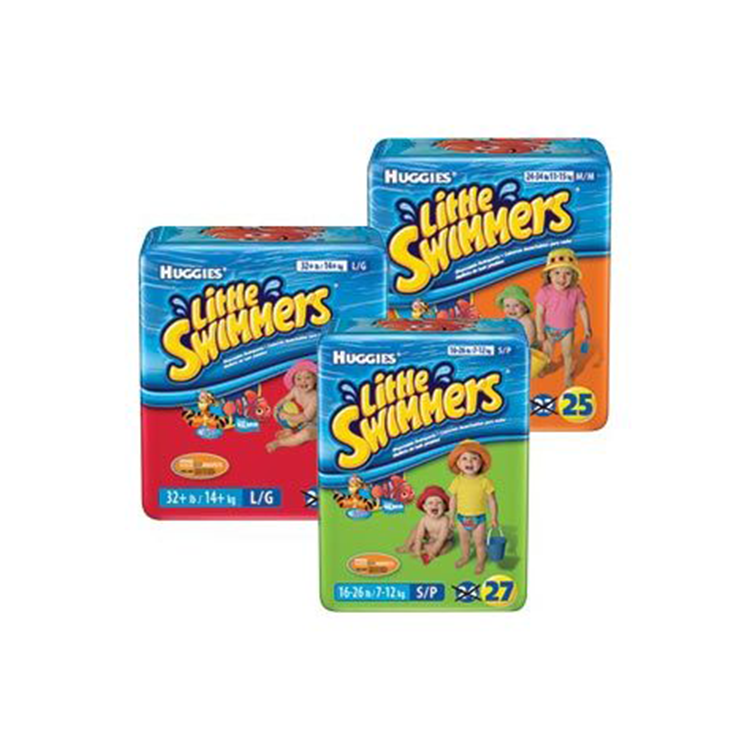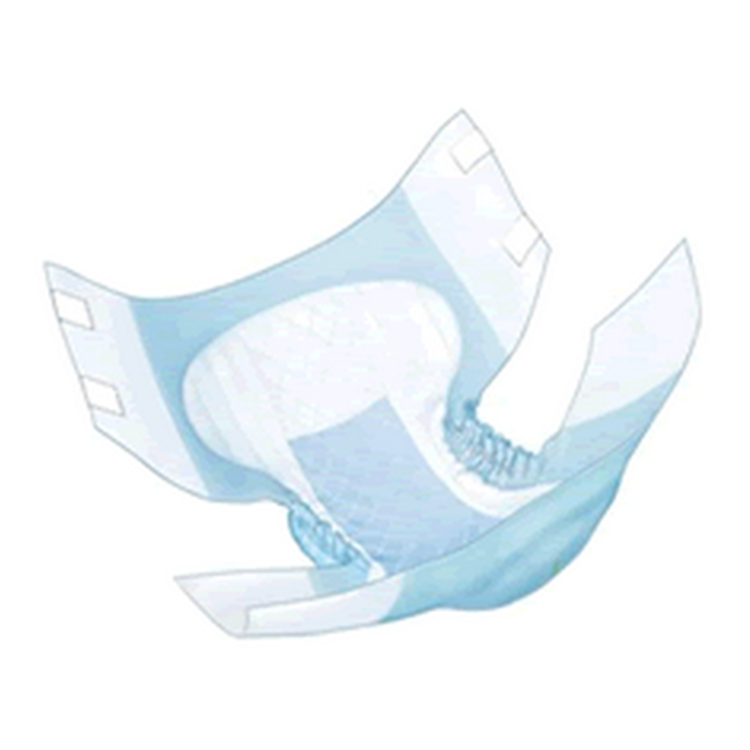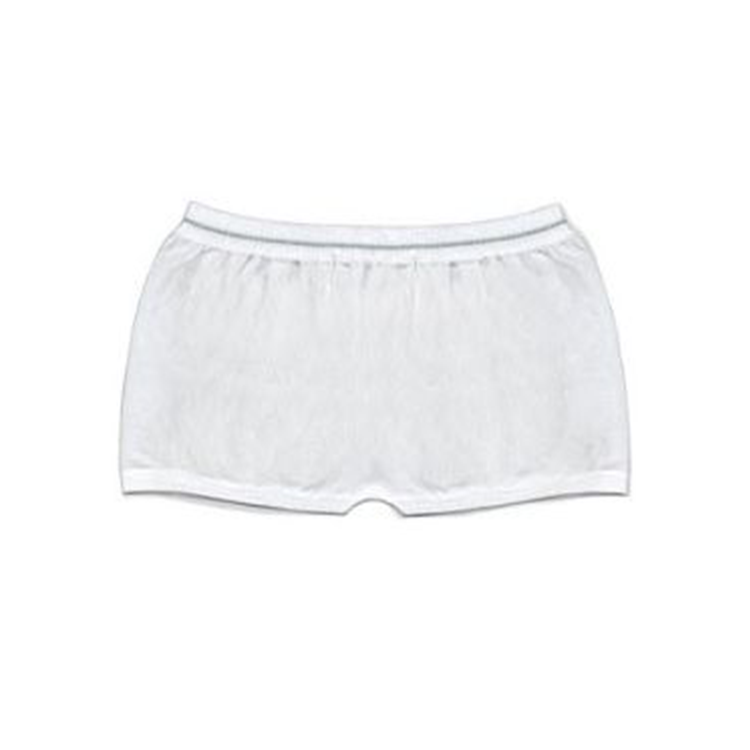1. Baby Bottle Types and Features
Learn about the different types of baby bottles and their features, including anti-colic bottles, wide-neck bottles, and bottles with disposable liners.
2. Choosing the Right Nipple Size
Find out how to choose the right nipple size for your baby's age and feeding needs, and learn about the different nipple shapes and materials available.
3. Bottle Sterilization and Cleaning
Discover the best ways to sterilize and clean your baby's bottles and nipples, including boiling, using a dishwasher, and using sterilization bags or solutions.
4. Transitioning to Sippy Cups and Training Cups
Get tips on when and how to transition your baby from bottles to sippy cups and training cups, including choosing the right cup, introducing it gradually, and dealing with resistance.
FAQs:
Frequently Asked Questions (FAQs)
Q: What is an anti-colic bottle?
An anti-colic bottle is designed to reduce the amount of air your baby swallows while feeding, which can reduce colic and fussiness. These bottles feature special venting systems or designs that prevent air bubbles from forming in the milk or formula.
Q: Can I use different bottle brands with the same nipples?
In most cases, it is best to use the same brand of bottle and nipple together to ensure a proper fit and avoid leaks. However, some nipples are designed to fit multiple bottle brands, so be sure to check the packaging or consult the manufacturer's website for compatibility information.
Q: How often should I sterilize my baby's bottles?
It is recommended to sterilize your baby's bottles and nipples before the first use and then once a day until your baby is at least three months old. After that, washing with hot, soapy water or using a dishwasher is typically sufficient. However, always follow the manufacturer's instructions for your specific bottle and nipple materials.
Q: When should I introduce a sippy cup to my baby?
Most pediatricians recommend introducing a sippy cup around six months of age, when your baby begins to show interest in drinking from a cup and can sit up without support. However, every baby is different, so be sure to follow your child's cues and talk to your pediatrician if you have concerns.

